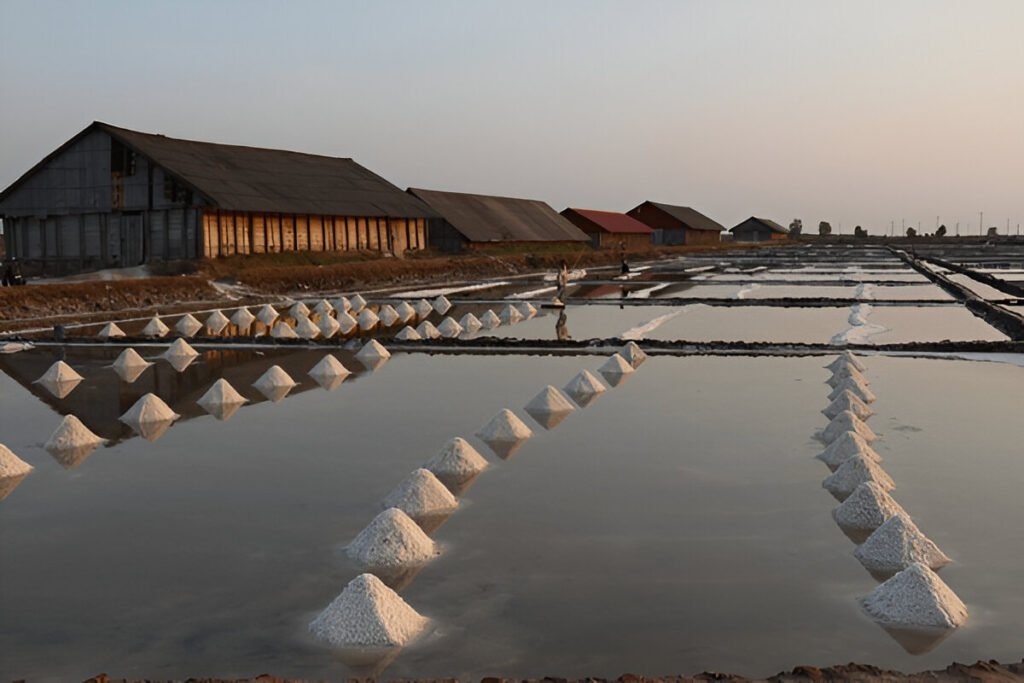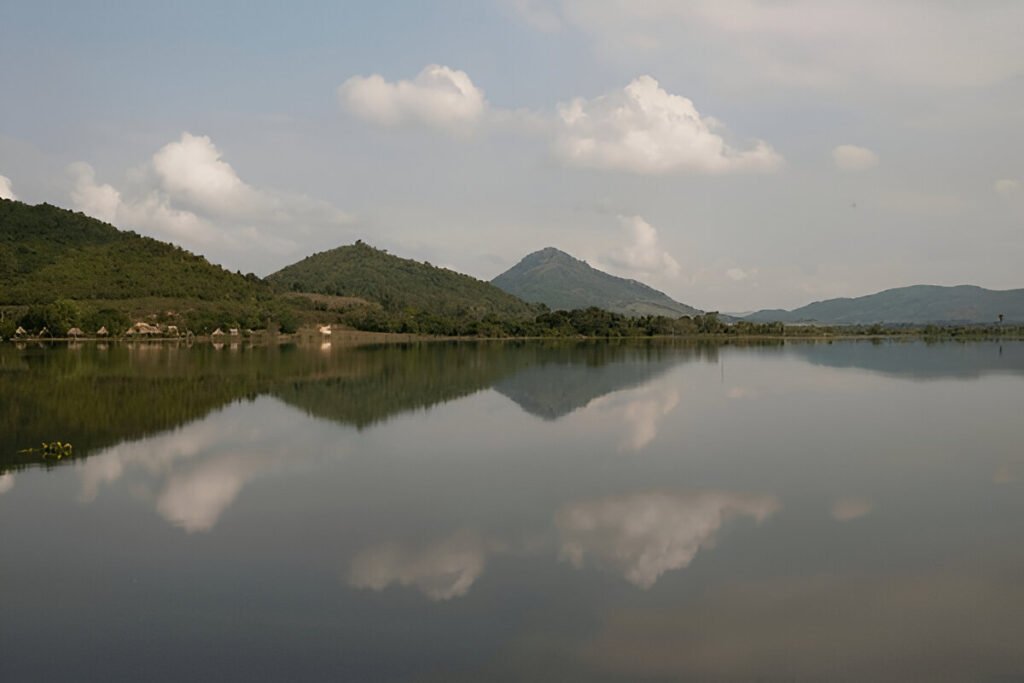Introduction:
Located in the heart of Kyoto, Japan, the Kyoto Imperial Palace is a striking testament to the country’s rich past, serving as the residence of the Japanese imperial family until the capital moved to Tokyo. This famed location is an unmissable attraction, offering visitors a peek into the intriguing history and tradition of the Land of the Rising Sun. Its grand architecture, serene gardens, and evocative atmosphere make it a fascinating destination for history buffs, culture seekers, and curious global travelers alike.
Discovering the Imperial Majesty of Kyoto Palace
The Kyoto Imperial Palace is a majestic sight to behold. Its grand architecture is a striking blend of Heian and Meiji era designs, preserved impeccably to showcase the zenith of Japanese royal aesthetics. Each feature of the palace, from the Throne Room’s ornate carvings to the Otsunegoten’s sprawling dimensions, exudes imperial magnificence. The palace complex is also home to the Imperial Palace Park, a tranquil haven of manicured gardens, tranquil ponds, and a breathtaking array of seasonal blooms.
The palace’s cultural significance is equally profound. Its construction in the 14th century marked the culmination of the Heian period, characterized by the flourishing of Japanese arts and literature. As the abode of the emperors for over a millennium, the palace has witnessed the ebb and flow of dynasties, each leaving their indelible imprint on the palace grounds. The regal traditions and ceremonies carried out within its confines are deeply steeped in the nation’s history, making the Kyoto Imperial Palace a living testament to Japan’s enduring legacy.
A Journey Through the Legendary Abode of Japan’s Emperors
Visiting the Kyoto Imperial Palace is akin to stepping back in time. The guided tours offer a vibrant narrative, transporting you to an era of exquisite elegance and intricate etiquette. The Shishin-den, the main hall, is the most significant building in the complex, where enthronement ceremonies for emperors were held. The Kenrei-mon, the gate reserved for the use of the emperor, is another iconic feature, its elegant simplicity symbolizing the austere beauty of traditional Japanese architecture.
The palace also hosts a range of cultural events throughout the year, including the Aoi Festival, one of Kyoto’s three main annual festivals. Visitors in spring can witness the enchanting spectacle of cherry blossoms in full bloom, while the autumn ushers in a riot of colors as the maple leaves turn a fiery red. Exploring the imperial grounds and participating in these events offers visitors a rare, intimate glimpse into the age-old traditions and customs of imperial Japan.
Local Tips:
The best time to visit the Kyoto Imperial Palace is during spring or fall, when the weather is mild and the gardens are in full bloom. Dressing comfortably is recommended as the palace grounds are extensive and require a fair amount of walking. English guided tours are available, but advanced booking is required. Remember to observe the local customs and respect the serene atmosphere of the palace.
How to Get There:
The Kyoto Imperial Palace is easily accessible by public transportation. From Kyoto Station, take the Karasuma Subway Line to Marutamachi Station and then walk for about 15 minutes to the palace. Alternatively, many guided tours include a visit to the palace in their itinerary, providing a hassle-free way to explore this historic site.
Nearby Attractions:
Once you’ve soaked in the imperial splendor, consider visiting other nearby attractions. Explore the quaint streets of downtown Kyoto, visit the iconic Kinkaku-ji, or the Golden Pavilion, or immerse yourself in the serene beauty of the Philosopher’s Path. These attractions provide a well-rounded view of Kyoto’s rich culture and history.
Conclusion:
Steeped in history and exuding quiet majesty, the Kyoto Imperial Palace is a must-visit destination in Japan. It offers a glimpse into the opulent lifestyle of former emperors, immerses you in traditional Japanese culture, and enchants with its serene gardens and captivating aesthetics. Don’t miss the opportunity to experience this fascinating piece of Japanese history firsthand. Whether you’re a history enthusiast, culture lover, or just a curious traveler, the Kyoto Imperial Palace promises an unforgettable journey into Japan’s regal past.






